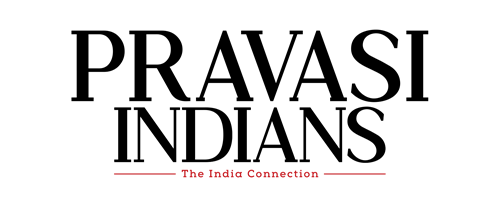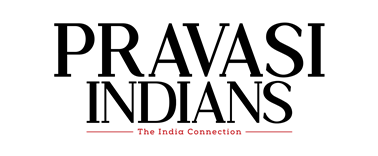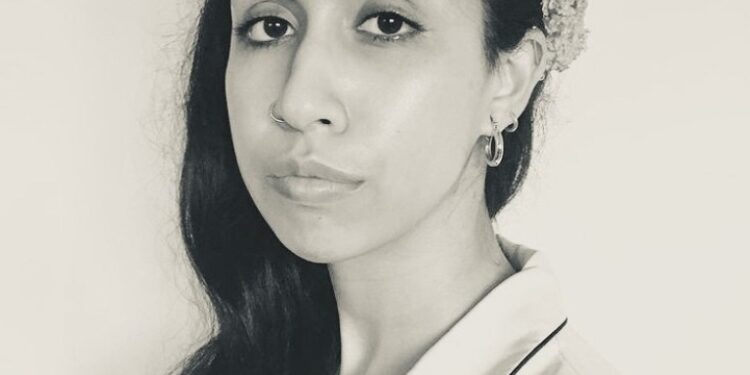What prompted you to do androgynous clothing?
As a genderfluid person myself, I always found it a bit odd that clothing was separated based on gender. It was also strange to find trousers—a garment heavily associated with masculinity— in womenswear but there were no dresses or skirts in menswear. Maison Audmi’s goal is to normalise these garments in menswear. The ultimate dream is to do away with the labels ‘menswear’ and ‘womenswear’ and just have clothing categorised based on size and body shape. However, I believe that to get to that stage, we need to unlearn a great deal of gender-binary ideals and the first step in doing so is to see the same garments in menswear that are present in womenswear. Once that is accomplished as the norm, we will realise that we don’t need to categorise clothing based on gender any longer.
How popular (unpopular) is the look? (Based on sales
figures)
The response all over has always been more positive than negative. Our sales are the highest in the US and the UK. Although India has been accepting, there is definitely a hesitance to take the leap and buy the garment. I do see a slow change in this mindset, though, and am hopeful about the future.
What prompted you to change track in career—from animation to fashion designing?
I am still an animator—I haven’t given that career up. Being a designer first and foremost has made it possible for me to transfer my skills from animation to fashion design. They have both been passions I have wanted to pursue in my life. I chose animation to start with and now I am at a stage in my life where I am ready to nurture my fashion career and have it grow.
What is the percentage of men actually wearing androgynous clothing?
I don’t keep tabs on the statistics of who wears what—I make beautiful clothes for people to wear. I do not dictate who can wear my clothing—they are available for all.
Who do you keep in mind when designing?
I design for everyone. Although our designs are presented on the male body, the pieces are made to order so the silhouettes are designed to flatter most bodies and can be adjusted according to a client’s preference. You have taken inspiration from Greek mythology.
What about Indian mythology?
Our first collection drew inspiration from Greek mythology. Our concepts change with each collection. The foundation of the brand celebrates the history of androgyny and gender fluidity in Indian culture. India’s mythology has a variety of gender expression and before the colonial rule clothing was not based on gender. Fluidity has always been a part of India’s history and although Maison Audmi is an Indo-British label, we celebrate India’s fluid past and culture.
What fabrics work best for a unisex look?
All looks are unisex looks, so it depends on what fabric will work best for the design that one has in mind.
What do you need to keep in mind when providing fashion/ glamour and comfort to wearers of both
genders?
Fluidity is such a large part of everything in our process—we always keep our minds open when designing our pieces. There is no such thing as one size fits all, so we are always ready to change our garments to best suit our client’s needs.
What’s the fashion statement a wearer of your clothes hopes to make?
I don’t know—you will have to ask the wearer. We design our clothing to look beautiful and make the wearer feel beautiful.
How they choose to express themselves is up to them and we love that.
How did you manage a showing at the New York Fashion Week?
We are very grateful to have been a part of New York Fashion Week this year.
What was the experience like?
One of the best parts of the job is meeting new people and collaborating with amazing artists. The experience at NYFW was everything we hoped for and we would love to do it again.
What can we expect from your next collection?
Exciting things, for sure.
@maisonaudmi








